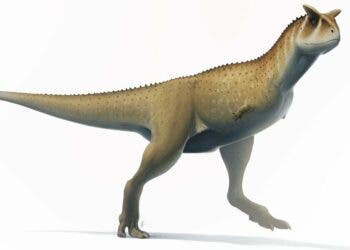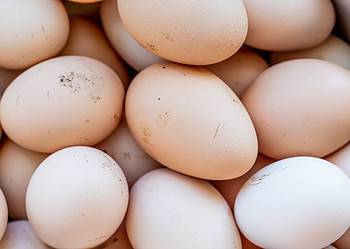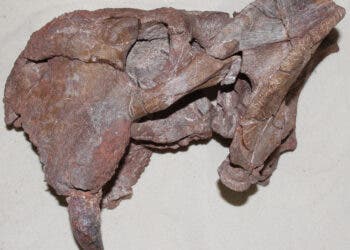Researchers at the Israel Antiquities Authority (IAA) report finding an unusual and exciting fossil: a 1000-year-old, unbroken chicken egg preserved in an unfortunate place.

It might be hard to imagine this today, but for the majority of human history, poultry was a rather exotic meat. Sacrificing a laying bird for its meat meant giving up all the eggs it would potentially lay in the future — an extravagant waste. Male birds, or those too old to lay eggs, were an exception to this rule. Still, chicken farming was quite common all around the world, as the birds themselves are easy to care for and provide a constant source of food.
Finding evidence of that farming as an archeologist, however, is no easy feat. Which makes the IAA’s discovery all that more exciting.
Unbroken
“Eggshell fragments are known from earlier periods, for example in the City of David and at Caesarea and Apollonia, but due to the eggs’ fragile shells, hardly any whole chicken eggs have been preserved,” said IAA archaeologist Dr. Lee Perry Gal.
“Even at the global level, this is an extremely rare find.”
The fossilized, unbroken egg was discovered at the site of Yavne, on Israel’s southern Mediterranean coast, in an Islamic-era cesspit. The “soft human waste” material it found itself in helped keep it intact over the centuries, the team explains, an example of “unique preservation”.
Poultry farming in Israel has its roots in the Hellenistic and Early Roman periods, starting roughly 2,300 or so years ago. Later, during the Islamic period (from around the 7th century CE), poultry farming became even more popular. This coincides with a noticeable decrease in the quantities of pig bones found at various archeological sites in the region.
Although faith definitely played a part in this shift (the consumption of pork is completely forbidden in the Islamic faith), sheer practicality also played a part. People living in the region around this time needed a reliable source of protein that wouldn’t need to be preserved or kept cool to prevent spoiling over short periods. Eggs, and to a lesser extent, chicken meat, served that purpose, Gal explains.
“How did the egg end up in the cesspit? We will never know,” the archaeologists said.
“Unfortunately, the egg had a small crack in the bottom so most of the contents had leaked out of it. Only some of the yolk remained, which was preserved for future DNA analysis.”
Several other items were retrieved from the same cesspit, including bone dolls typical of the Islamic period, dating back probably around 1,000 years or so.






